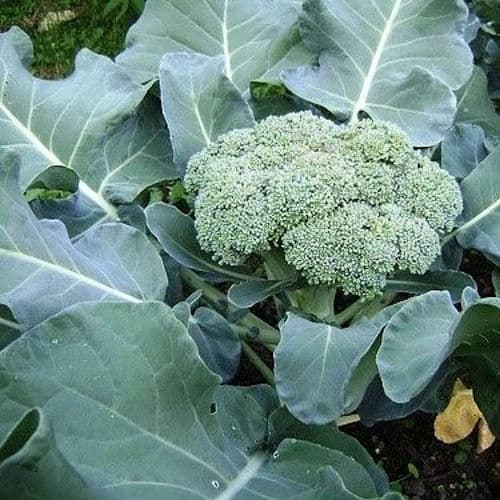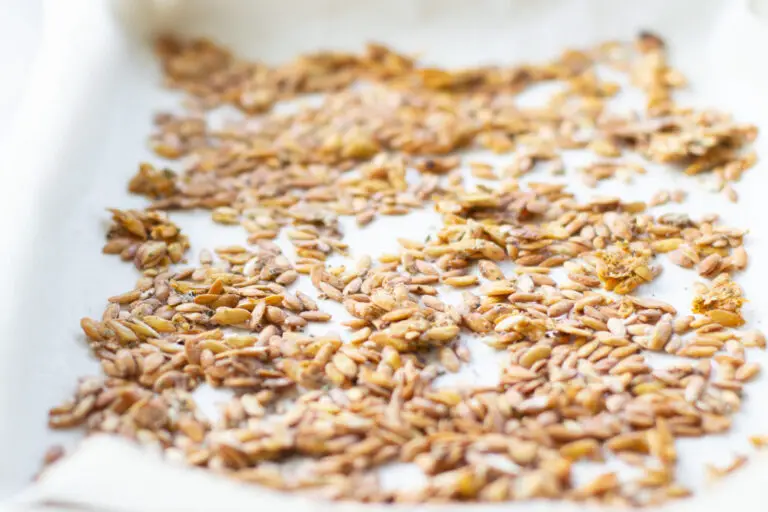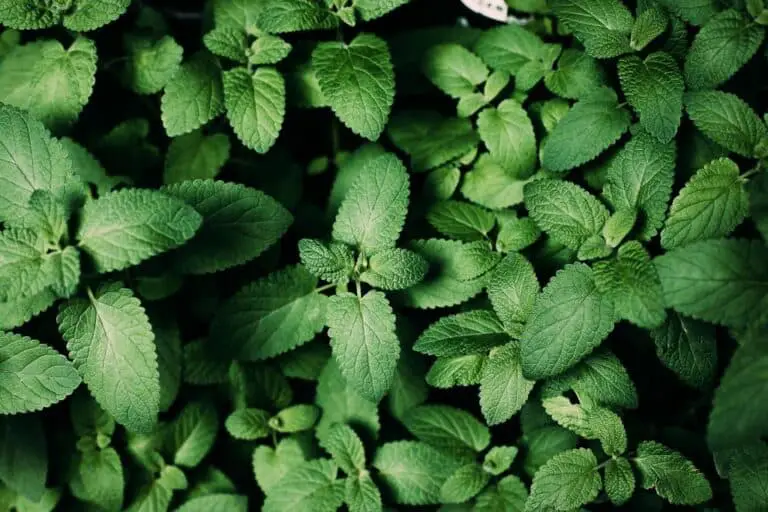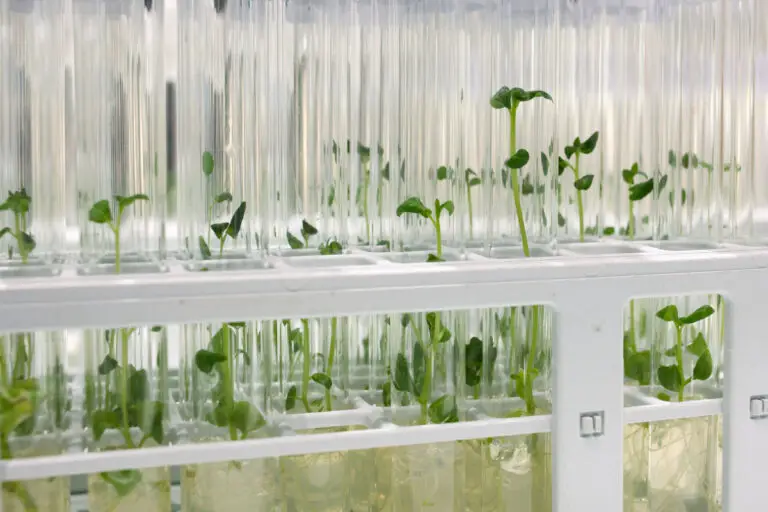What Is Vertical Mulching? Sustainable Gardening Made Easy
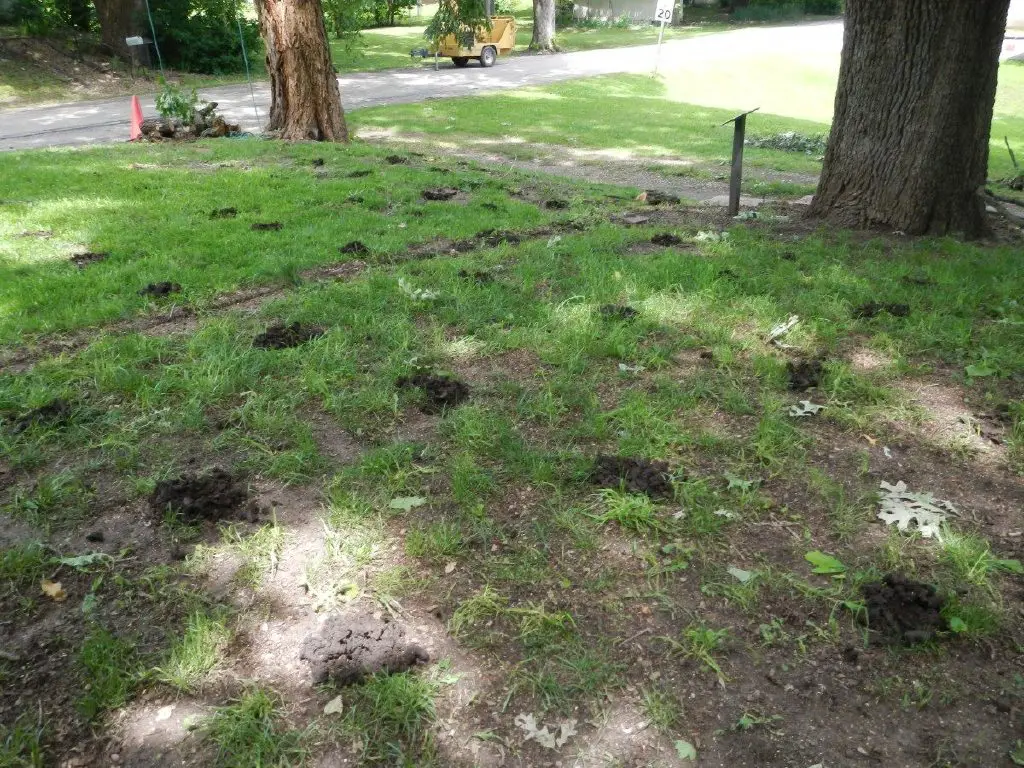
Picture a garden that bursts with life – vibrant blooms, lush foliage, and abundant harvests that leave you in awe. Imagine achieving all of this while treading gently on Mother Earth, leaving behind a greener footprint. It might sound like a gardener’s dream, but today, we’re here to tell you that it’s entirely possible with the magic of vertical mulching!
Vertical mulching, a sustainable gardening technique that goes beyond the surface, holds the key to transforming your garden into a haven of flourishing greenery. If you’re curious about how to invigorate your plants, rejuvenate your soil, and make a positive impact on the environment, you’ve come to the right place.
Let’s embark on this horticultural journey together and uncover the wonders of vertical mulching – the pathway to a thriving, eco-conscious garden!
Understanding Mulching Techniques
Vertical mulching is like giving your garden a makeover from the ground up! It’s all about taking the health of your soil and plants to the next level. So, let’s dig into the details of this fascinating gardening technique.
Picture this: your soil is like the foundation of a house, and just like a sturdy foundation ensures a strong structure, healthy soil is essential for robust plant growth. Traditional surface mulching does help by adding organic matter on top, but it only goes so far. Vertical mulching, on the other hand, takes a more holistic approach by creating vertical holes or trenches within the soil.
These holes are then filled with a blend of organic materials, soil amendments, and beneficial microorganisms. This powerhouse combo works wonders for the soil structure, improving its aeration, drainage, and nutrient-holding capacity. As a result, plant roots can penetrate deeper into the soil, accessing more nutrients and water, leading to healthier and more resilient plants.
The Concept of Vertical Mulching

Vertical mulching is a revolutionary gardening practice that focuses on the root zone of plants. It entails creating vertical holes or trenches in the ground and filling them with organic materials and soil amendments. This process directly nourishes the root systems and fosters better soil aeration.
This technique dates back to ancient agricultural practices, where farmers recognized the significance of nurturing the roots for healthy and productive crops. Over time, vertical mulching evolved, and today it stands as a powerful ally in sustainable gardening.
In comparison to traditional mulching methods, which usually involve spreading a layer of mulch on the soil surface, vertical mulching offers more targeted and profound benefits to the plants.
The Benefits of Vertical Mulching
Vertical mulching comes with a plethora of benefits, making it a highly recommended sustainable gardening practice. Here are some of the key advantages:
1. Improved Soil Drainage
By creating channels for water to flow through, vertical mulching improves soil drainage, preventing waterlogged conditions that can lead to root rot and other plant diseases.
2. Enhanced Nutrient Absorption
The added organic matter and soil amendments in the vertical holes act as nutrient reservoirs, ensuring a steady supply of essential elements for plant growth.
3. Reduced Soil Compaction
Soil compaction is a common issue in heavily trafficked or cultivated areas. Vertical mulching helps alleviate compaction, allowing roots to spread and grow more freely.
4. Healthier Root Systems
With better aeration and fewer obstacles, plants can develop more extensive and healthier root systems, leading to stronger and more resilient growth.
5. Increased Biodiversity
Vertical mulching fosters a diverse soil ecosystem by providing a habitat for various beneficial microorganisms, leading to a healthier overall garden ecosystem.
6. Water Conservation
The improved soil structure and mulch layer help retain moisture, reducing the need for frequent watering and promoting water conservation.
7. Sustainable and Eco-Friendly
Vertical mulching aligns perfectly with sustainable gardening principles, as it relies on organic materials and minimal use of external resources.
Implementing Vertical Mulching in Your Garden
Now that you’re excited about vertical mulching, let’s get started on implementing it in your garden. Follow these steps for a successful venture:
- Preparing the Site and Selecting Appropriate Trees or Plants: Choose the area where you want to apply vertical mulching. Select trees for vertical mulching or plants that will benefit the most from this technique, such as those with shallow or weak root systems.
- Step-by-step Process of Vertical Mulching Installation:
| Steps | Description |
| Marking the Location | Identify the spots where you’ll create vertical holes based on the plant’s root spread. |
| Digging the Vertical Holes | Use an auger or a shovel to dig holes, ensuring they reach the plant’s root zone. |
| Adding Organic Materials | Fill the holes with organic matter like compost, mulch, or aged manure. |
| Incorporating Soil Amendments | Mix soil amendments like mycorrhizal fungi or biochar with the organic materials. |
| Watering and Mulching | Water the area thoroughly and add a layer of mulch on the surface to retain moisture. |
| Regular Maintenance and Observation | Monitor the plants regularly and provide additional care as needed. |
- Maintenance Tips for Long-term Effectiveness:
- Water the vertical mulch columns during dry periods to keep the soil nourished.
- Replenishing the mulch layer suppresses weeds and maintains moisture retention.
- Periodically check the condition of the vertical holes and refill them if necessary.
Embrace sustainable gardening with vertical mulching, and watch your garden flourish like never before. This environmentally friendly technique will not only bring you a bountiful harvest but also contribute to a healthier planet.
Remember, in the world of gardening, it’s not just about what you grow; it’s about how you grow it. Happy gardening!
Tools and Materials for Vertical Mulching
Before we delve into the wonders of vertical mulching, let’s gather our tools and materials to ensure a smooth and successful process. Here’s what you’ll need:
Essential Tools Required for the Process
- Auger or Shovel: To create the vertical holes in the soil where you’ll apply the mulch and amendments.
- Watering Can or Hose: For thoroughly watering the area after vertical mulching installation.
- Mulching Fork or Rake: To spread the mulch layer on the soil surface effectively.
Choosing the Right Materials for Mulch and Amendments
The success of vertical mulching relies on using the right materials to nourish the soil and roots. Consider these options:
- Organic Mulch: Compost, wood chips, straw, or leaves work wonders in enriching the soil and enhancing its fertility.
- Soil Amendments: Incorporate beneficial additives like mycorrhizal fungi, biochar, or rock phosphate to boost plant growth.
- Permeable Barrier: If needed, use a permeable barrier to prevent mulch from leaching out of the vertical columns.
Choosing the Right Organic Materials
Selecting the right organic materials for mulching is crucial for successful vertical mulching. The following table outlines some excellent choices for your vertical mulch mix:
| Organic Material | Benefits |
| Compost | Enriches soil with nutrients and microorganisms |
| Aged Manure | Improves soil structure and water retention |
| Biochar | Enhances soil fertility and carbon sequestration |
| Mycorrhizal Fungi | Promotes root growth and nutrient absorption |
| Beneficial Bacteria | Supports soil health and nutrient cycling |
Vertical Mulching vs. Horizontal Mulching
You might wonder how vertical mulching differs from horizontal mulching, another popular gardening practice. The primary distinction lies in the direction and depth of the mulch application:
- Vertical Mulching: As discussed earlier, vertical mulching involves creating vertical holes or trenches and filling them with organic matter to improve soil structure and aeration.
- Horizontal Mulching: On the other hand, horizontal mulching involves spreading mulch on the soil surface. This helps retain moisture, control weeds, and regulate soil temperature.
Both techniques can complement each other, and savvy gardeners often use a combination of both to achieve optimal results.
FAQs about What Is Vertical Mulching?
How does vertical mulching differ from traditional mulching?
Vertical mulching goes beyond surface-level application and involves creating vertical holes or trenches in the soil. Organic materials and amendments are added directly into these holes to improve soil structure and aeration. In contrast, traditional mulching only applies a layer of organic matter on the soil surface to conserve moisture, control weeds, and regulate soil temperature.
What are the benefits of vertical mulching for soil health?
Vertical mulching offers numerous benefits for soil health, including improved drainage, enhanced nutrient absorption, reduced soil compaction, healthier root systems, increased biodiversity, water conservation, and a sustainable approach to gardening.
What materials are needed for vertical mulching?
To perform vertical mulching, you’ll need organic materials such as compost, aged manure, biochar, mycorrhizal fungi, and beneficial bacteria. Additionally, you’ll require a soil auger or a vertical mulching machine to create the holes.
Can vertical mulching be combined with other gardening techniques?
Absolutely! Vertical mulching complements various gardening practices, including horizontal mulching, permaculture, companion planting, and water-wise gardening. Combining techniques can enhance overall garden health and productivity.
Are there any risks or drawbacks to vertical mulching?
While vertical mulching is generally safe and beneficial, improper application can damage plant roots or create drainage issues. It’s crucial to assess soil conditions and follow recommended guidelines when implementing this technique.
How long does it take to see results from vertical mulching?
Results vary depending on soil conditions, plant types, and climate. However, some improvements may be noticeable within the first growing season, while full benefits usually manifest within a year or two.
Are there specific plants or trees that work best with vertical mulching?
Vertical mulching benefits a wide range of plants and trees. It’s particularly effective for species growing in compacted or poorly draining soils and those requiring deeper root systems for optimal growth.
Is vertical mulching suitable for all types of soil?
Vertical mulching can benefit most soil types, but it is especially valuable for compacted, clayey, or poorly draining soils. It helps improve aeration, water infiltration, and nutrient availability, making it beneficial for various soil conditions.
Does vertical mulching attract pests or insects?
When implemented correctly, vertical mulching does not significantly attract pests or insects. Properly managed soil health and diverse ecosystems often lead to a balance that minimizes pest issues.
Can I use recycled materials for vertical mulching?
Yes, recycling materials can be a sustainable option for vertical mulching. Ensure that the recycled materials are clean, non-toxic, and appropriate for your garden’s specific needs to avoid any negative impact on plants or soil.


